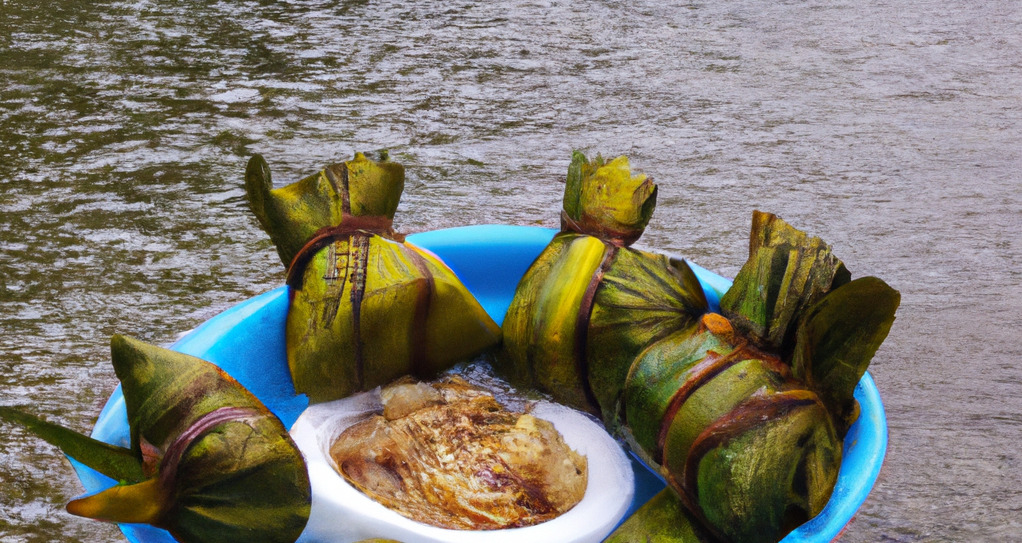Dynamic Vietnam – Its New Visions
Vietnam’s success today is a far cry from its war-torn past. After fighting off a colonial rule from both Japan and France between 1940s and 1950s, the country gained independence from the colonial rule in 1945. But political differences between North Vietnam—supported by Russia and China—and South Vietnam—supported by the US—led to the Vietnam War that lasted from 1954 to 1975. The war resulted in countless lives lost on both sides.
Shortly after an amicable reunion of the country as one, Vietnam embarked on an economic reform process, popularly known as “Doi Moi” in 1986. The reform was directed at developing the judiciary, banking and monetary systems; while controlling inflation and national budgets; and creating a favorable environment for foreign direct investments (FDI). The reform was successful in attracting a bevy of FDI inflows into the country. Vietnam recorded an FDI inflow of US$180 million in 1990, rising up to US$2.4 billion in 1996.
“Vietnam’s GDP per capita has increased fivefold over the past three decades, while its institutions have not adapted at the same speed since the Doi Moi of the late 1980s,” said World Bank Country Director for Vietnam Carolyn Turk.
This is one of the topics being discussed in the upcoming Horasis India Meeting, which will be held between 25 to 26 September, 2022 in Vietnam. The meeting will bring together 300 of the most senior members of Horasis to inspire the most sustainable and resilient path to recovery post the pandemic debacle.
Global Trading
Vietnam’s economy has been on an impressive bull run since the past two decades. Its GDP stood at US$31.17 billion in 2000, which surged up to US$343.24 billion in 2020.
Free trade agreements (FTAs) are one of the tried-and-tested economic reforms that provide international market for economic growth opportunities, particularly for developing economies. Vietnam has been very proactive and forthcoming at leveraging FTAs to drive economic growth.
Vietnam is part of several FTAs. Vietnam is part of the Asia-based Regional Comprehensive Economic Partnership (RCEP) which came into force on 1 January 2022. Its signatories include the 10 ASEAN member states, including China, Japan, Australia, New Zealand, South Korea and India.
Among the listed members in the RCEP, Vietnam and Malaysia are expected to reap the most benefit from this agreement. Vietnam’s exports will expand by 11.4% and imports by 9.2%, with the highest growth expected in the sectors of motorized vehicles manufacturing; textiles and garments; and apparel. The agreement will create opportunities for more women employment in textiles, apparel, electronics and some service sectors. Income levels are expected to increase by 4.9% in Vietnam, much higher when compared to other countries.
Vietnam’s exports have boomed with a gradual shift of manufacturing hubs from China, seeking cheaper labor costs, especially in the textile and electronics assembly industries. In March 2021, Vietnam’s exports jumped by 48.2% from the month before and 14.8% from a year earlier to US$34.7 billion.
The Mekong Delta Region
The other area of reform that Vietnam is actively working on is the Mekong Delta region, which constitutes 19% of Vietnam’s population; and contributes 50% of crop production, 95% of rice exports, 65% of seafood, and 70% of fruits to the country. It is both a strategic and economic area of focus for the country.
The government has developed a master plan for the Mekong region for the 2021-2030 period, with the immediate priority given to building an expressway project section Cantho – Ca Mau; Soc Trang – Chau Doc – Cantho – Tran De for a combined length of 400 kilometers.
“A comprehensive transport system would multiply the contribution of the Mekong Delta region for the national economy as a whole,” Deputy Prime Minister Le Van Thanh said.
Government’s Priorities
Vietnam’s economic restructuring plan for the 2021-2025 period was approved by the 15th National Assembly, with an increased focus on enhancing digital transformation and innovations. The plan is focusing on the new features of digital and urban economy to further the post-pandemic development and recovery.
As part of the plan the Deputy Prime Minister Vu Duc Dam has approved an IT project, wherein the focus will be to promote IT application and digital transformation in trade promotion activities in the 2021-30 period, with the aim to build a trade promotion ecosystem and a database by 2025.
Both in terms of legislations and policies, Vietnam is bringing about several initiatives to catch up with global ESG trends and motivate local businesses to up their ESG performance. In the fourth quarter of 2021, Vietnam’s Prime Minster issued a decision to implement Vietnam’s COP26 commitments, with a specific task to the Ministry of Industry and Trade to develop incentive mechanisms to provide green products and services.
Vietnam is not just poised for growth, but is ensuring that growth is resilient and sustainable, in view of the changing times and leverages technology to further enhance the economic output and growth of the nation.
Photo Caption: Vietnam’s exports have boomed with a gradual shift of manufacturing hubs from China




